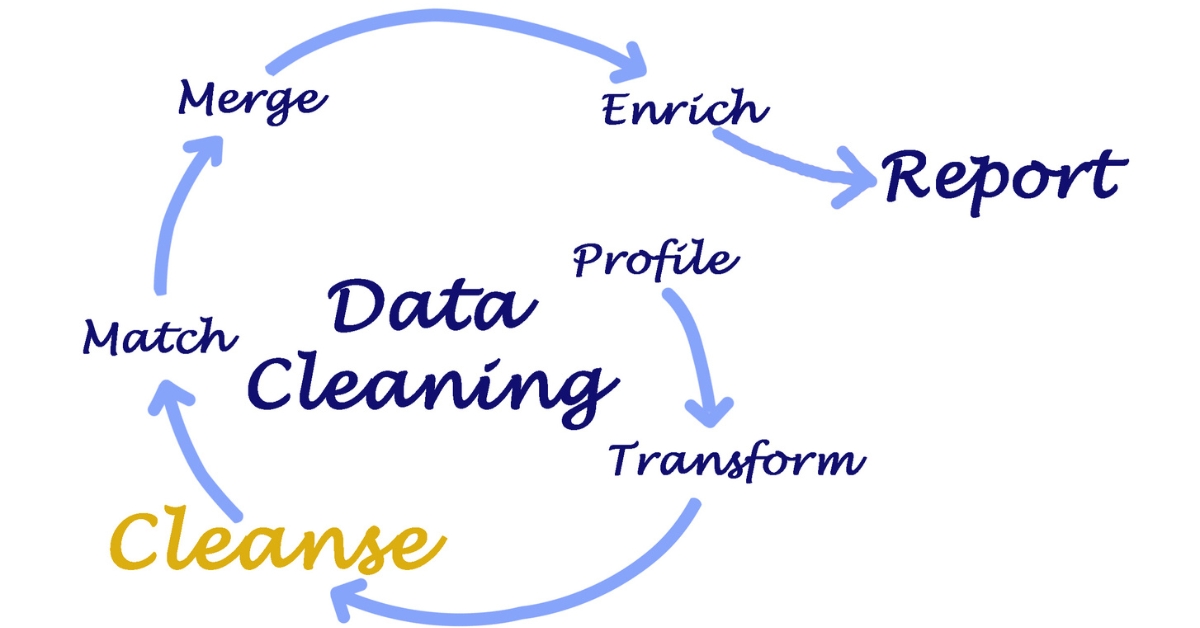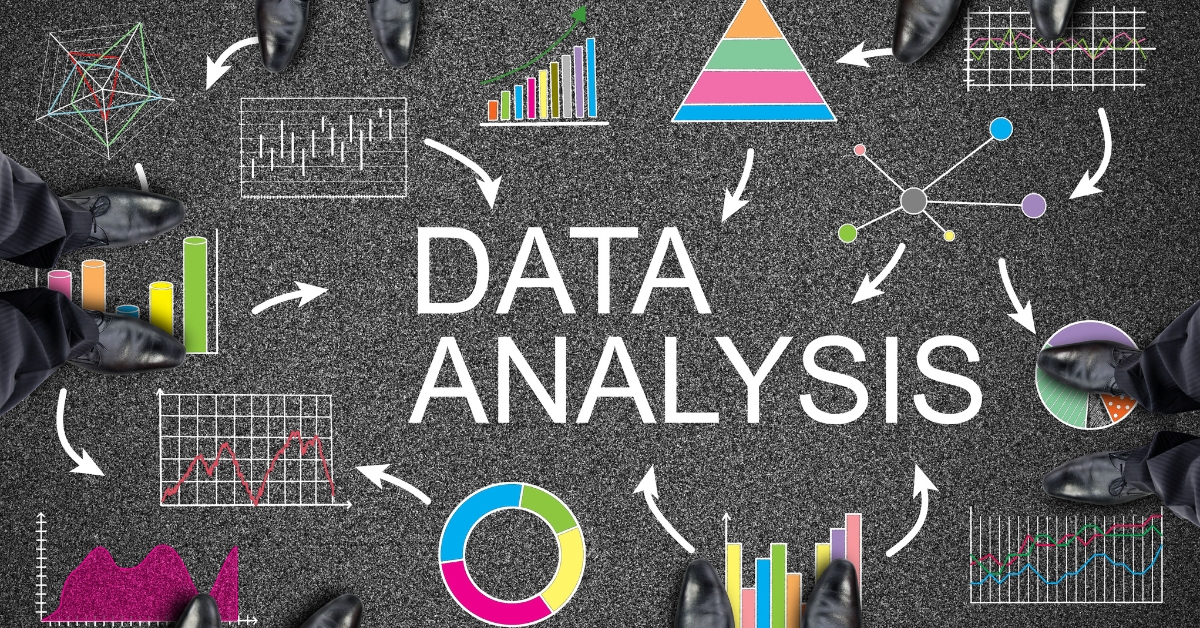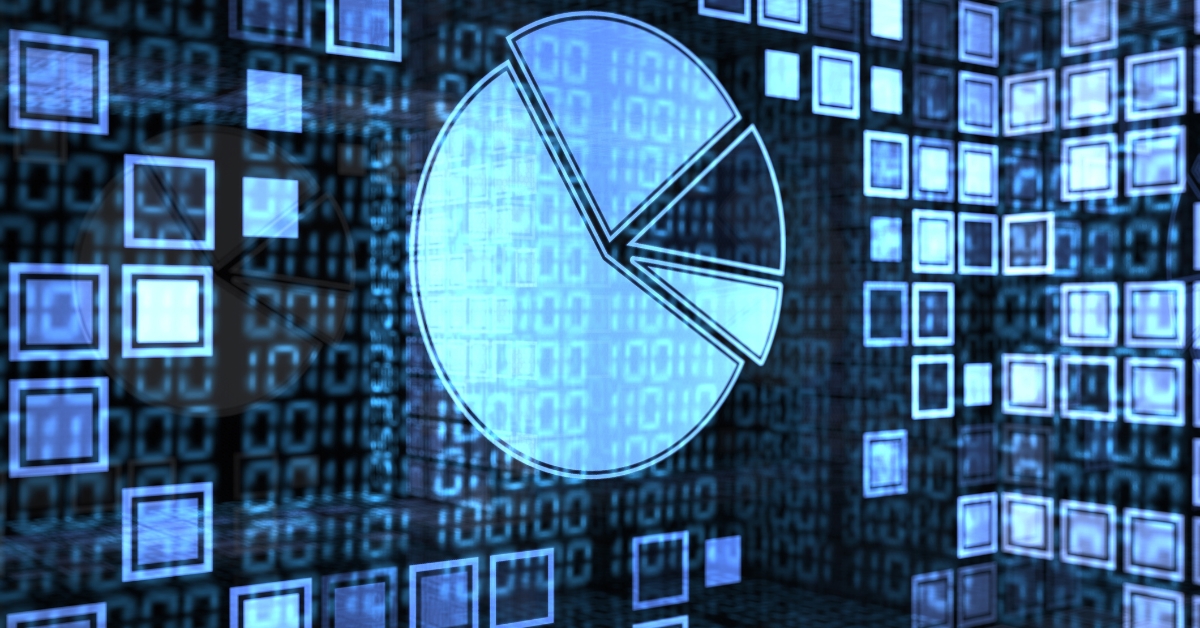Currently Empty: $0

The Importance of Data Cleaning in Data Analysis
Introduction
Data analysis is only as good as the quality of the data used, which is why data cleaning is an essential step in the data analysis process. Raw data often contains errors, inconsistencies, or missing values that can lead to inaccurate conclusions and misguided decisions. Data cleaning, also known as data preprocessing, involves identifying and rectifying these issues to ensure that the dataset is accurate, consistent, and ready for analysis. Here’s why data cleaning is so important and how it impacts the quality of your analysis.
1. Improves Accuracy and Reliability
Data cleaning ensures that the dataset you are working with is free from errors, duplicates, and inconsistencies. If your data contains incorrect or incomplete information, any analysis based on that data will be flawed. For example, if a dataset includes incorrect values or duplicates, the study may overestimate or underestimate trends and patterns. By cleaning the data, you eliminate these potential errors, ensuring that your conclusions are based on reliable and accurate information.
2. Identifies and Handles Missing Data
Missing data is a common issue in datasets, and it can distort your analysis if not adequately addressed. During the cleaning process, data analysts must identify missing values and decide how to handle them. Depending on the context, missing data can be imputed, removed, or left as is. This step ensures that the dataset is complete enough to generate meaningful insights without being biased by incomplete information.
3. Ensures Consistency Across Data
In large datasets, it’s not uncommon for different entries to have inconsistencies, such as varying date formats or inconsistent labeling of categories. These inconsistencies can cause issues during analysis and can make it difficult to compare data points accurately. Data cleaning helps standardize and format data, ensuring that all values are consistent and aligned. For example, making sure that all dates follow the same format or that all categorical variables use the same terminology can significantly impact the accuracy of your analysis.
4. Saves Time and Resources in the Long Run
While data cleaning can be time-consuming, it ultimately saves time and resources in the long run by improving the efficiency of the analysis process. Clean data leads to faster, more accurate insights, reducing the need for rework or correcting errors later. It also allows analysts to focus on extracting insights rather than dealing with problematic data.
Conclusion
Data cleaning is a crucial step in the data analysis process that can significantly impact the accuracy, reliability, and efficiency of your analysis. By identifying and addressing errors, inconsistencies, and missing data, you ensure that your conclusions are based on high-quality information. Investing time and effort into data cleaning yields more meaningful insights and facilitates better decision-making for your business or research.
#DataCleaning #DataAnalysis #DataQuality #BusinessIntelligence #DataPreprocessing #Analytics #DataIntegrity #DataManagement #AccuracyInAnalysis #CleanData


 0
0



